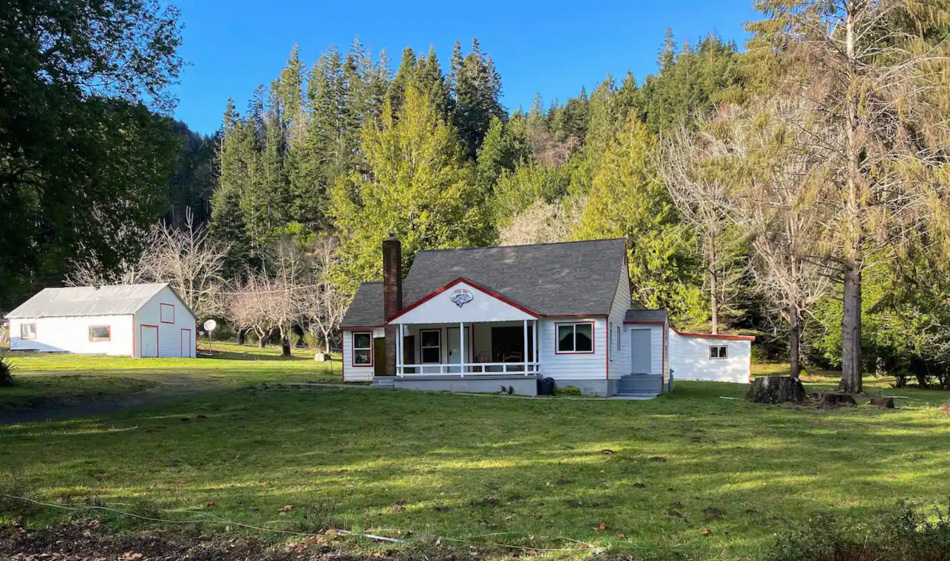
Travel planning in a time of pandemic feels simultaneously foolish and necessary for mental health reasons and because vacation time doesn’t roll over into the new year. “Why not stay home?” is the chorus I can hear rising, but that is not a vacation when every day for half a year has been spent at home. “But you are going to Oregon, which by now is your second home?” True, this will be our 20th trip to Oregon in 18 years, but we are doing it differently this time.
We are driving not because we are horrified by flying, though we are reluctant; the main reason we are passing up the incredibly cheap airline tickets is the obscene price of rental cars for our 18-day stay at the coast. Sure, we’d like to save the four days of driving to Oregon from Phoenix and back, but at $1,200 for the flights and rental car, we’ll take the slog up through the middle of California.
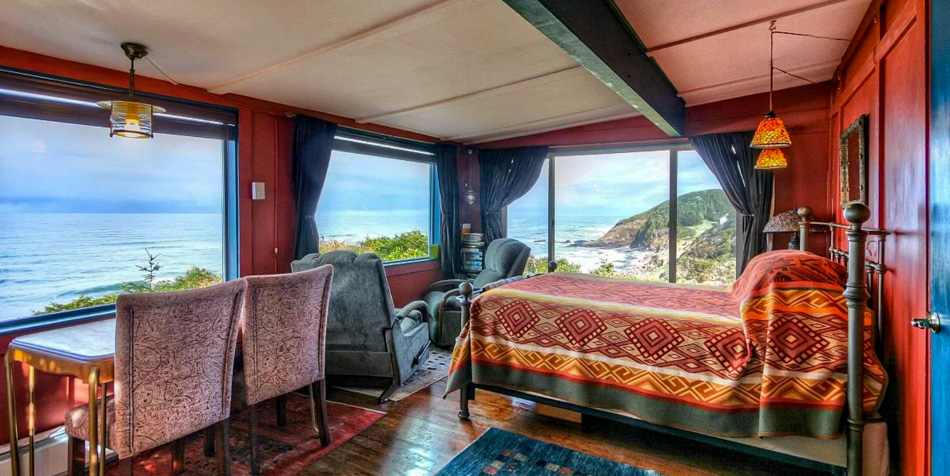
Nervousness is the first thing that strikes me about this new adventure. At the moment, California and Oregon are ablaze with forest fires. The pandemic is still ravaging society, and the presidential election is looming. We also don’t know how people along the way are dealing with seeing cars with out-of-state license plates and if there’s still hostility towards those traveling through their small towns.
To mitigate some of this anxiety, we are approaching things the best we can. We have a solid 14 days directly on the coast, so we won’t feel cheated by all the driving. I spent an entire day plotting our way up and down the coast with where we’d be staying. Our old favorites, the yurts, are closed for the rest of the year due to COVID-19, and staying in motels wasn’t really an option. Due to the pandemic, I am reluctant to count on three meals a day at local restaurants, and so my plan was to find lodging with kitchens.
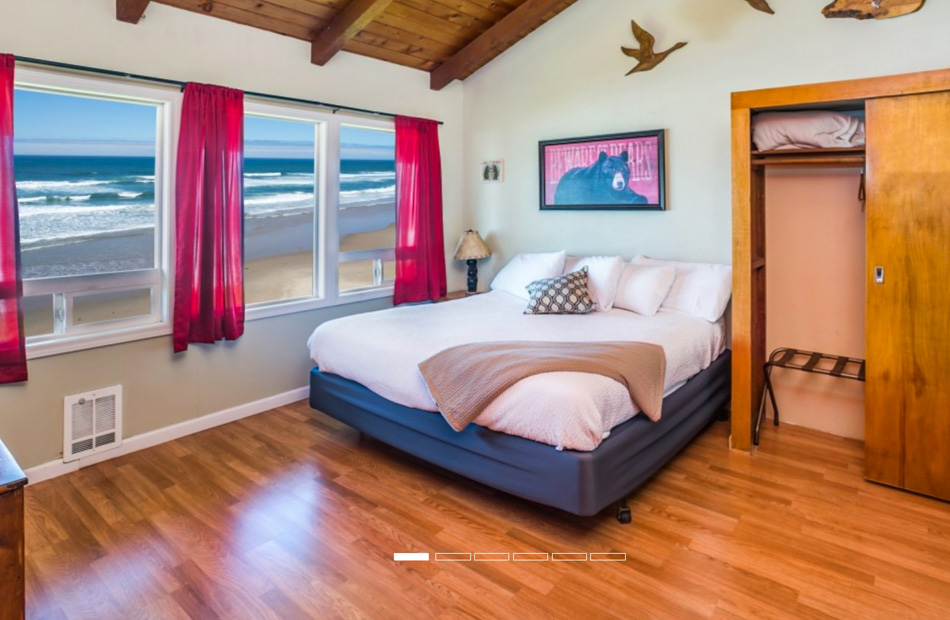
Airbnb came to the rescue, though of the four properties it pointed me to that I booked, only two of them went through their service. Charging me $100 for having found a place on their site felt like robbery, and so where I could find a way around them, I did. Mind you that part of my pain threshold here was evinced by the fact that in the last couple of years, we were paying between $40 and $70 for entire apartments from Germany, France, Italy, Hungary, and Austria where food and cultural options were extraordinary while in rural Oregon it’s not uncommon to see people asking $170 a night for places with wood paneling, pastel quilts, and decor straight out of the 1970s. Other than the location in nature, the local food is often mediocre, and there are really no cultural amenities unless you consider a bowling alley or the rare movie theater as the height of those services.
Our destinations are well off the beaten path. Typically, there are not more than a couple of hundred people max who live within a couple of miles of where we’ll be staying, mostly, it will be a lot less than that. All of them have kitchens with a stove being essential as opposed to kitchenettes that often only feature a microwave oven for warming food. This arrangement meets a couple of criteria for pandemic travel: first, we are not in population centers, and second, we do not have to visit restaurants.
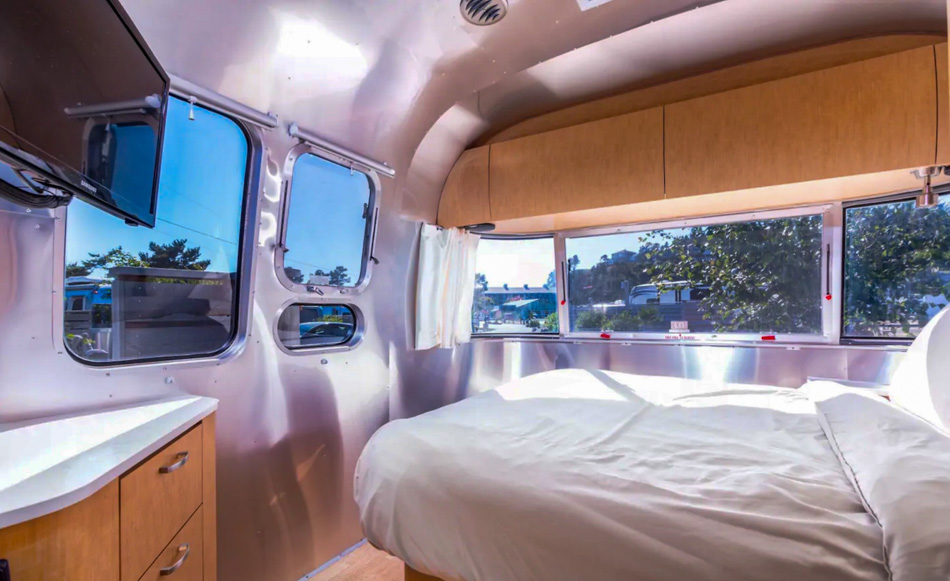
This brings me to working on a meal plan that minimizes our need to encounter other people. While we’d love to visit some old favorites, part of the allure of vacation regarding meals is sitting down in the location to absorb the ambiance and not worry about cleaning away our mess. Taking things to go still offers the same food, but we’ll be in Oregon in late fall. It could be raining (or even snowing), and even if it’s not, not many restaurants and cafes have outdoor seating. Who’d want to sit outside for breakfast anyway when it’s barely 40 degrees? We’ve eaten in the car, which is okay on occasion but not every day. The tragic side of doing things this way is not being able to tip wait staff, who are likely counting on generous people coming through to make up for locals who might be financially pinched at this time.
Back to the meal plan. I do not trust myself when it comes to giving in to whims, especially when it involves food. How many times visiting a grocery store, do I leave with many things I don’t need or really want when my rational mind is operating? So, before we leave, I’ll fill in as much as I can regarding how breakfast, lunch, and dinner will look like. Regardless of this intention, we are flexible enough to know that visits to places like Luna Sea Fish House in Yachats and the Schooner in Netarts for Oysters Rockoyaki are de rigueur. Funny, but both of these places have great outdoor seating, so nothing to worry about there.
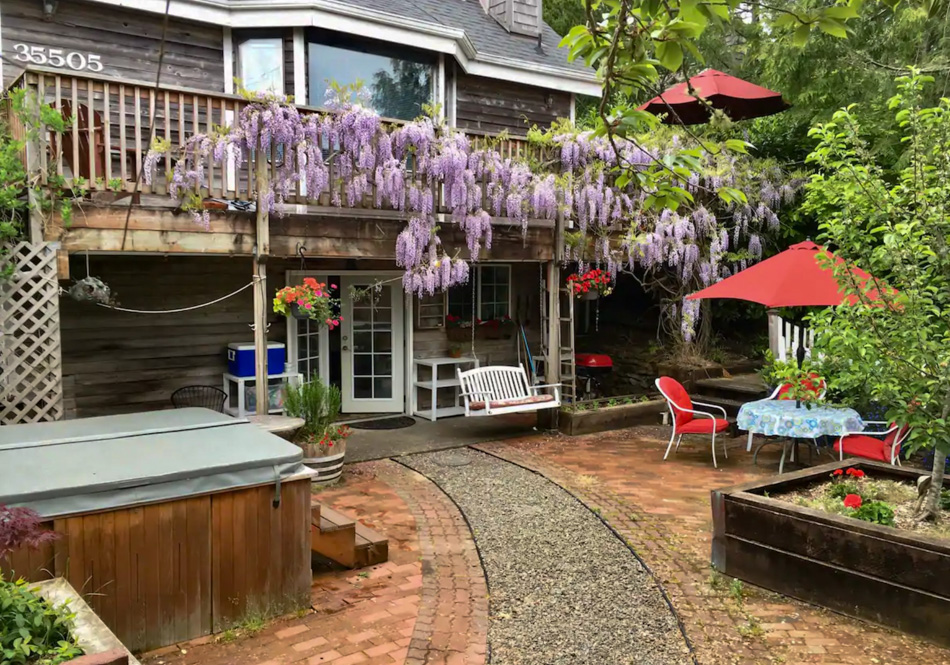
I’m now faced with only 49 individual meals I have to take into consideration, and instead of working on that, I turned to this blog entry as looking out so far into the future regarding my culinary experiences while traveling felt tedious, daunting even. Then, as I look at the photos of our lodging choices that are featured here, I can’t help but think I need to bring our Korean Ddukbaegi bowls to make sundubu jjigae, which translates to clay pot and soft tofu stew. That would be the perfect dish while looking out over the ocean on a cold rainy day. Then what about that old Indian recipe Kadai paneer we’ve been making for years? Sounds like a good start.
Along the way, we’ll stop at Dutch Bros. countless times for coffee, and of course, we’ll likely stroll along many a beach we’ve walked numerous times before as it’s possible we’ve visited the majority of easily accessible places along this stretch of ocean. We’ll be staying in each location longer than has been typical on previous visits as part of the exercise of embracing how things are different now, so vacations should also change a bit. The idea of taking a little more time to linger, to simply stop and gaze upon the sea for entire days, has a certain appeal. I’ll report back after our return.